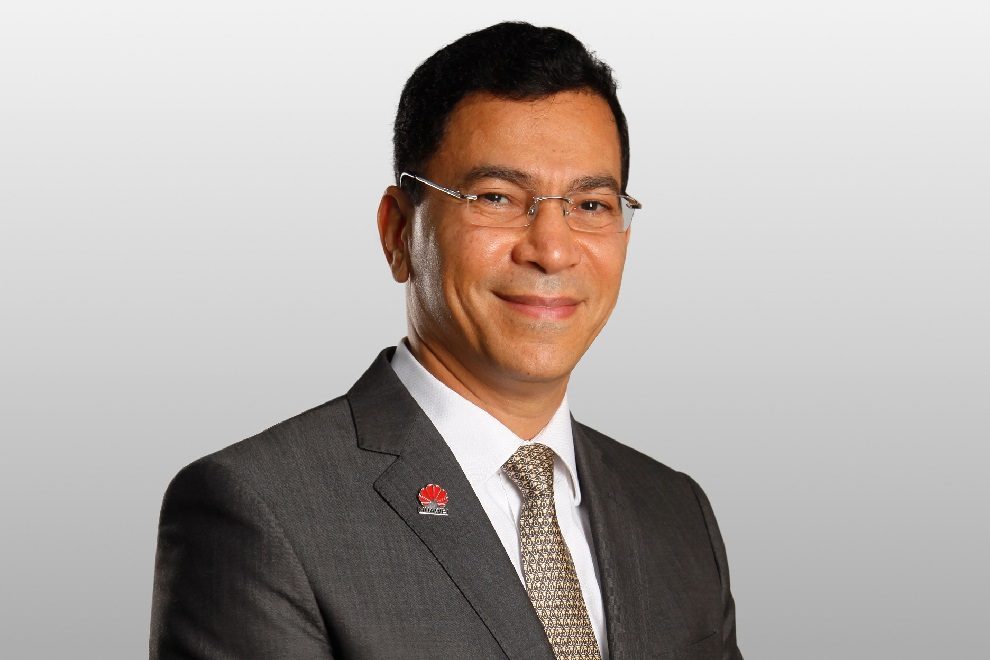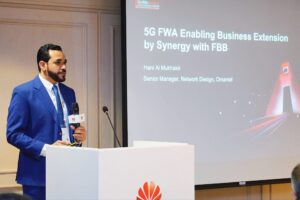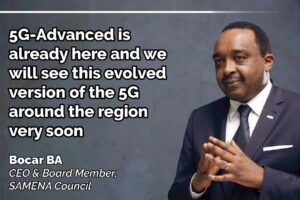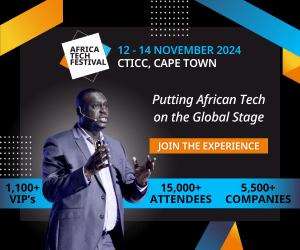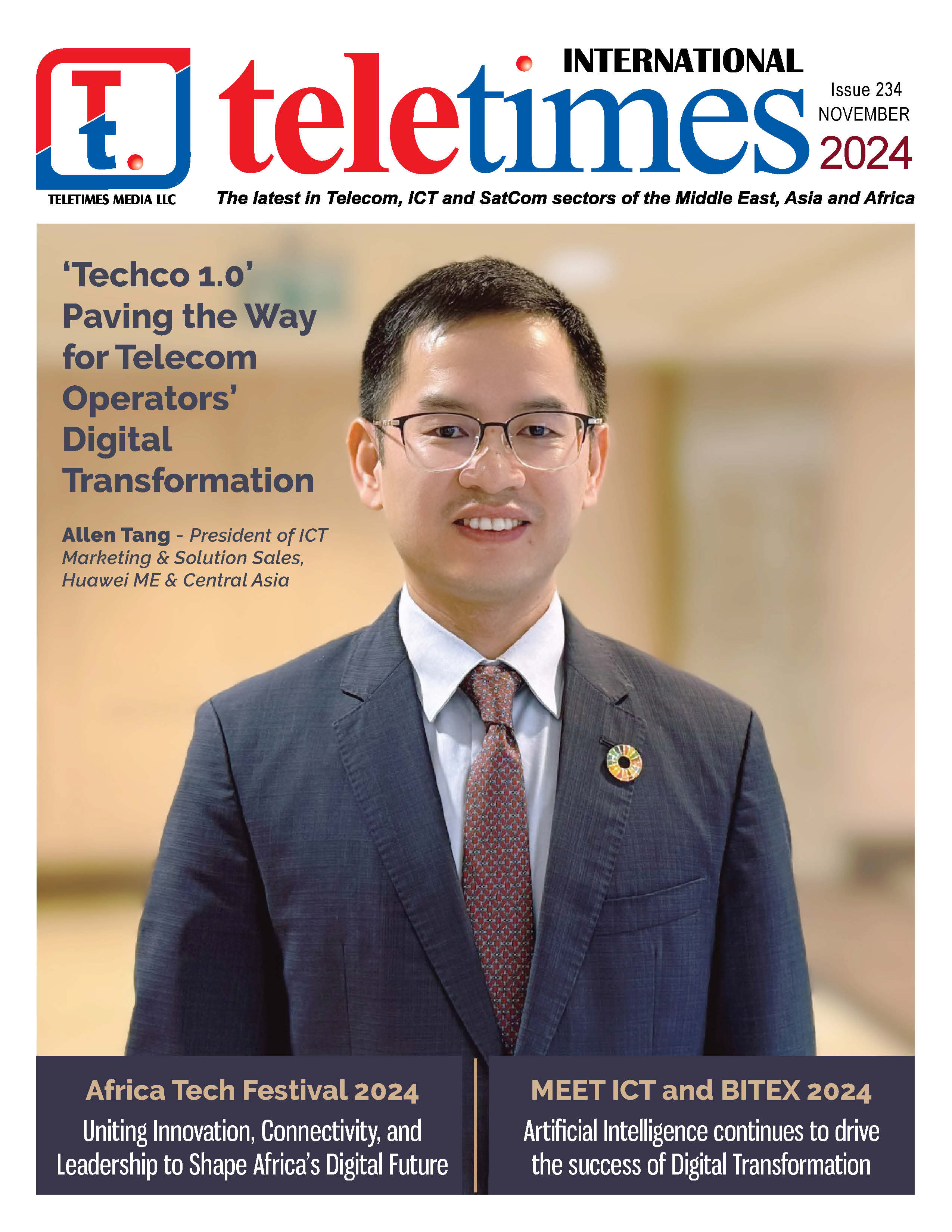Chatbots specifically are being adopted widely by telecom providers
Khalid Athar: If IoT and robotics are upending manufacturing industries, does this mean a similar disruption will happen for Middle East telecom service providers?
Alaa ElShimy: Service providers are leveraging IoT and robotics for both internal and external applications.
Telecommunication service providers use sensors to optimize fleets, monitor cell sites, and enable predictive maintenance, among other applications.
Externally, service providers are partners for national projects such as Smart Cities. To enable this, they have rolled out IoT protocols such as LTE-M and narrowband IoT (NB-IoT) for smart city applications. 5G presents even greater opportunities for IoT and robotics to drive industrial transformation and autonomous mobility.
AI will be crucial for operators. The technology allows CSPs to build self-optimizing networks (SONs), giving them the ability to detect and predict network anomalies and proactively fix problems before customers are negatively impacted. IDC indicates that 63.5% of operators are investing in AI systems to improve their infrastructure.
KA: Do you want to see more automation being added into the communication process like chatbots? Would this help or hurt your business?
AS: Automation plays into our strengths in cloud and AI. We have the technologies for training massive AI models within our enterprise and consumer offerings and today, applications developed using our technology are already in use across various industries.
By augmenting human capabilities, machine learning and AI can help humans optimize their skills and spend less time pursuing mundane and repetitive tasks.
Chatbots specifically are being adopted widely by telecom providers. Chatbots help providers contend with the numerous support requests for installation, set up, troubleshooting and maintenance from customers. Using AI, operators can implement self-service capabilities that show customers how to install and operate their own devices. This reduces pressure on customer service agents while allowing providers to focus on service delivery.
KA: How do you see telecommunication industry changing in the next 10 years from now with all of these disruptive technologies, and do you think technological advancement poses any threat to privacy?
AS: The Fourth Industrial Revolution (4IR) technologies will define the sector in the next decade by enabling entirely new business models. Unlike all previous protocols whose vision was to connect humans, the next decade will see a shift to connecting everything.
Such ubiquitous connectivity will have significant implications for infrastructure and bandwidth. Hyper-automation with machine learning, AI, virtual reality, augmented reality, and other applications of industry 4.0 will require gigabit everywhere. We could see a million connectivity in every square meter within the next decade, both for home and enterprise applications.
Intelligent networks, intelligent connectivity, and deterministic experience will help CSPs keep up with the demands of industry 4.0 vertical applications. This is especially crucial for mission-critical applications such as smart city infrastructure, telemedicine, smart education, and teleconferencing, where downtime is not an option.
Huawei iMaster NCE is a network automation and intelligence platform that integrates management, control, analysis, and AI functions. The solution addresses the complexity of the increase in 4IR applications to enable providers to manage complex data centers and platforms.
KA: Which companies do you think will be the most profitable in the next decade of innovation, if they follow your prediction for disruption in telecom field?
AS: There is tremendous opportunity in edge computing. Telecoms already have the infrastructure ready-they can install edge computing devices at their base stations to leverage some of the capabilities of 5G networks. These include video processing and analytics in real-time, self-driving cars, AI and robotics, to name a few. For example, deploying edge computing devices at sports stadiums to handle the increased traffic of a game day or entertainment events can not only reduce pressure on bandwidth but could eventually enable new use cases such as real-time 4K video streaming and augmented reality (AR), bringing new experiences for fans.
Edge computing could also replace some of the cloud services offered by hyperscalers; as concerns over cybersecurity and resilience accelerate, putting data closer to customers is crucial. With existing relationships with clients, service providers should jump on the opportunity to provide edge computing services.
Telecom operators should move beyond infrastructure and focus on services. OTT providers today generate more revenues than the telecommunication providers who maintain the infrastructure. Video on demand, AR and VR experiences, teleconferencing, etc., can unlock new revenue opportunities for service providers while leveraging 5G technology.
KA: How is public WiFi transforming the world, in your opinion?
AS: According to research firm Statista, mobile data traffic reached almost 55 exabytes worldwide in the third quarter of 2020, increasing by 18.3 exabytes compared to the same quarter in the previous year. The global mobile voice traffic has remained the same since the first quarter of 2016, with 0.23 exabytes. This highlights how crucial wireless connectivity is.
The COVID-19 pandemic has pushed the need for remote working, and robust and secure public WiFi is becoming crucial in enabling work on the go. Going wireless frees employees from the constraints of cables, allowing them to work and communicate anytime, anywhere. All-wireless also accelerates the sharing of innovative ideas, improves production and operational efficiency, and strengthens overall competitiveness.
Huawei WiFi 6, for example, is essential for transforming the way we support applications on today’s WiFi networks. Its deployment allows a new and improved user experience in complex deployment scenarios than previous WiFi generations.
KA: What do you think is the single most provocative disruptive technology?
AS: At Huawei, we believe the continuous investment in Intelligent Connectivity will positively affect all stakeholders in the Middle East. The powerful convergence of broadband connectivity, 5G, the next generation of network, cloud, IoT, and AI represents the next stage of digital transformation. Underpinned by the emergence of AI, Intelligent Connectivity is shaping a future where everything is beginning to act, react, and collaborate wirelessly and seamlessly with human preferences, commands, and intentions. In this future, we believe that everything will be sensing, connected, and intelligent.
Intelligent connectivity is shaping a future where, increasingly, all things will move, act, react, and collaborate wirelessly and seamlessly with human actions, preferences, commands, and even intentions.
Additionally, digital twins that combine the digital and physical worlds will create many intelligent applications that will transform life as we know it.
In this mission, we work closely with the ecosystem to build different vertical solutions for various industries. In oil and gas, we work with Schlumberger, Halliburton, and others to create a “digital oilfield” where all components connect to an IoT gateway, through which all the data is sent to the data center or control room in real-time. This gives operators complete control and visibility of the oil field digitally, while embedded analytics help decision-making for AI-driven predictive maintenance.
KA: Why is it important to discuss how resilient infrastructure might be impacted by disruptive technologies?
AS: The increase in intelligence and automation exposes networks to a greater risk of cyber threats. At Huawei, we integrate security into all our solutions, fortifying products from the ground up.
Huawei advocates for industry-wide capability building, knowledge sharing, and tighter coalitions. We have established the Huawei Transparency Center to showcase all our products, technologies, documentation, process, and governance structures. We invite customers and third-party players as well as governments to experience and test our technologies and solutions.
For the last 30 years, we have been able to secure our customers’ networks without any cyber incidents. Threats remain, but we must continue working proactively to protect our data and systems.
KA: In your opinion, what is the way to prepare for future disruptions of the telecommunications industry caused by AI and big data innovations?
AS: The autonomous network marks a significant technology breakthrough whose potential we have demonstrated for various customers. Intent-driven networks (IDN) identify the businesses’ intent and translate it into network commands on their behalf. We are two years ahead of the competition in this field.
Another significant innovation is simulation. Today, making any changes in the network, such as adding new applications, is a formidable challenge. But with the autonomous network and simulation utilizing big data and AI, the errors can be rectified virtually before being implemented in the physical world. This is the digital twin concept that we are using in the autonomous network.
In addition to the iMaster NEC, we offer the next generation of the cloud campus – Cloud campus 3.0 – a fully wireless campus connected at high speed and low latency by leveraging 5G and WiFi 6.



